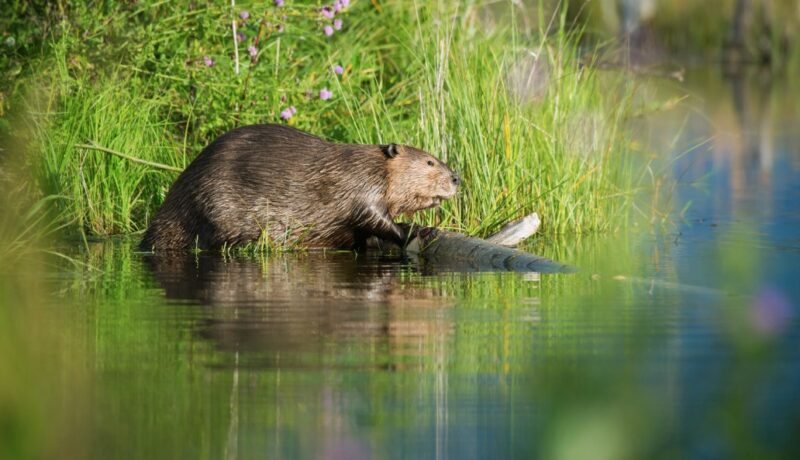Did you know that beavers are not only North America’s largest rodents but also hold the title of the world’s second-largest rodents, right after the capybaras of South America? These incredible animals are known for their ability to transform landscapes, creating lush wetlands that benefit countless other species.
But one question that often comes to mind is “How big do beavers actually grow?” Today we’ll explore their growth from tiny kits to mighty adults, and uncover some amazing facts about their life and impact on the environment.
Key Takeaways
- Beavers reach up to 70lbs and sometimes even 100lbs.
- They are born weighing around 1 lb and measuring about 7 inches long.
- Their tails are flat, measuring about 15 inches long and almost 6 inches wide.
Birth and Early Development
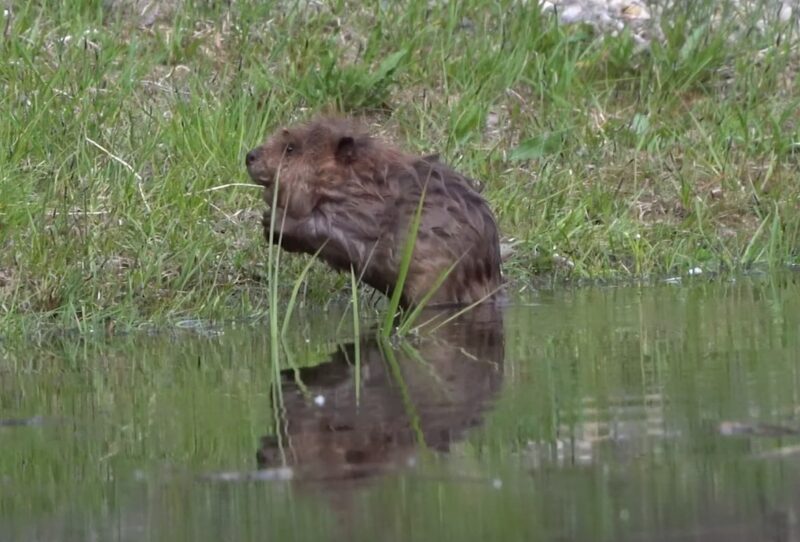
At birth, beaver kits are surprisingly small, weighing around 1 lb and measuring about 7 inches long. However, they don’t stay tiny for long. These kits grow rapidly, thanks to their nutrient-rich diet and genetic predisposition for growth.
Within their first few weeks, they begin to exhibit significant increases in size and weight, a testament to their robust development processes. This initial growth spurt is critical for their survival, equipping them with the size and strength needed to navigate their aquatic environments and evade predators.
Continuous Growth
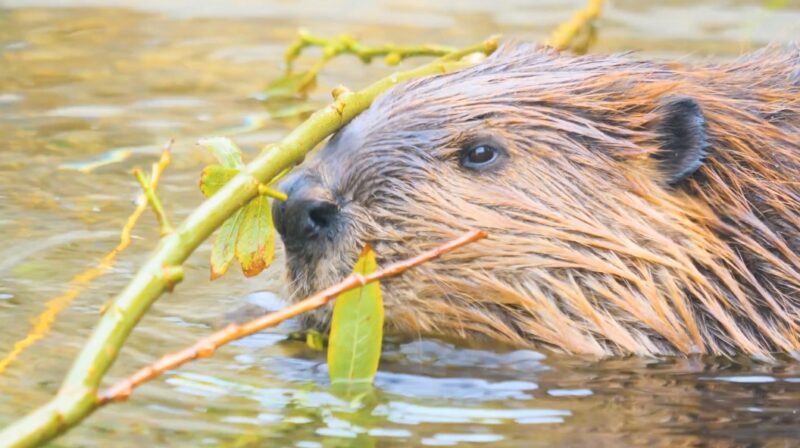
One of the most fascinating aspects of beavers is their continuous growth throughout their lives. Both males and females can reach up to 70 lbs, and in some cases, they grow as heavy as 100 lbs. This growth is influenced by various factors, including diet, habitat, and the availability of food resources.
The abundance of their preferred foods, such as tree bark, aquatic plants, and leaves, plays a significant role in their overall growth and health. Their ability to continuously grow allows them to adapt to their environments more effectively, ensuring their longevity and reproductive success.
Largest Recorded Beavers
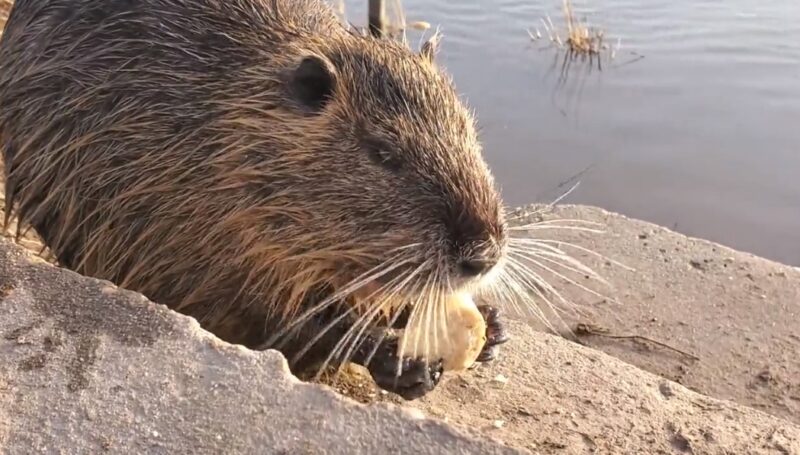
The record for the largest North American beaver ever weighs in at a whopping 110 pounds. This exceptional size highlights the potential for growth in these animals. Moreover, the prehistoric relatives of modern beavers, known as Castoroides, were even more impressive, reaching lengths of 8 feet and weighing close to 200 pounds.
These figures underscore the beavers’ evolutionary success and adaptability over millions of years. The discovery of such large specimens provides valuable insights into the environmental conditions and ecological dynamics of the past.
Physical Characteristics
| Physical Feature | Description | Purpose |
|---|---|---|
| Thick Fur | Perfectly adapted for life in cold waters | Aids in insulation and swimming capabilities |
| Heavily Webbed Feet | Adapted for an aquatic lifestyle | Enhances swimming abilities |
| Massive, Growing Teeth | Upper incisors ranging from 20 to 25mm | Crucial for gnawing through wood, facilitating diet and dam-building |
| Flat, Paddle-like Tail | Measures around 15 inches long and almost 6 inches wide | Aids in swimming, stores fat, and helps regulate body temperature |
Adaptations for Survival
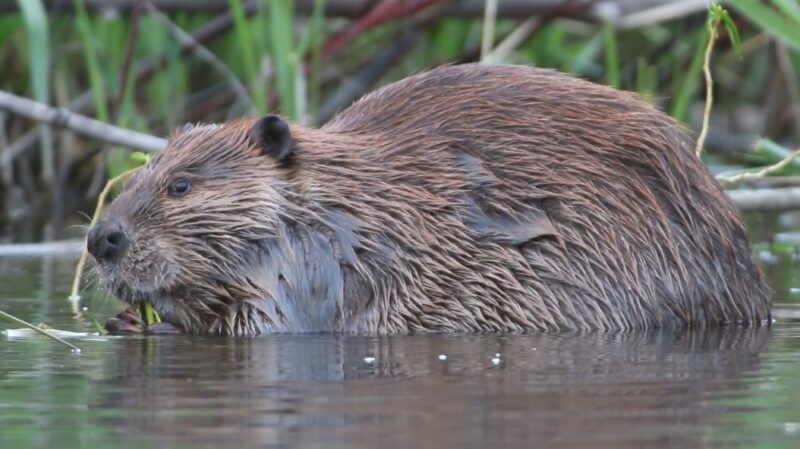
Beavers have evolved several unique adaptations that not only allow them to grow to remarkable sizes but also to excel in their aquatic environments. Their ability to stay submerged underwater for up to fifteen minutes is facilitated by their capacity to store extra oxygen in their lungs, aided by larger lungs and livers compared to other mammals of a similar size.
These physiological adaptations are critical for their underwater foraging and dam construction activities. Additionally, their seasonal growth patterns, with size fluctuations during the cold winter months and growth during the summer, highlight their adaptability and resilience in the face of changing environmental conditions.
Habitat and Engineering Skills
Beaver dams are marvels of natural engineering, sometimes as large as 20 feet wide at the base and 10 feet high. The longest recorded beaver dam stretches an astounding 2,140 feet. These structures are crucial for beaver survival, creating wetlands that support a diverse range of species.
Interestingly, while these architectural feats highlight their importance in ecosystem engineering, they also hint at the beavers’ complex needs, which extend beyond their dam-building activities.
This complexity underscores the challenges of accommodating such unique creatures in a domestic environment, emphasizing the importance of understanding their natural behaviors and habitat requirements.
The beavers’ architectural prowess not only demonstrates their importance in ecosystem engineering but also their sophisticated understanding of water management and habitat modification. By altering their surroundings to meet their needs, beavers play a vital role in maintaining biodiversity and promoting healthy ecosystems.
Their dams provide essential benefits such as flood control, water purification, and habitat creation for numerous species.
FAQs
Summary
Beavers are extraordinary animals, boasting sizes that are impressive for rodents. From their humble beginnings as tiny kits to potentially reaching weights of 100 lbs or more, their growth is a remarkable journey.
Equipped with unique physical characteristics and survival adaptations, these animals play a crucial role in their ecosystems. Their engineering feats, such as the construction of dams, showcase their importance in maintaining biodiversity and the health of wetlands.


